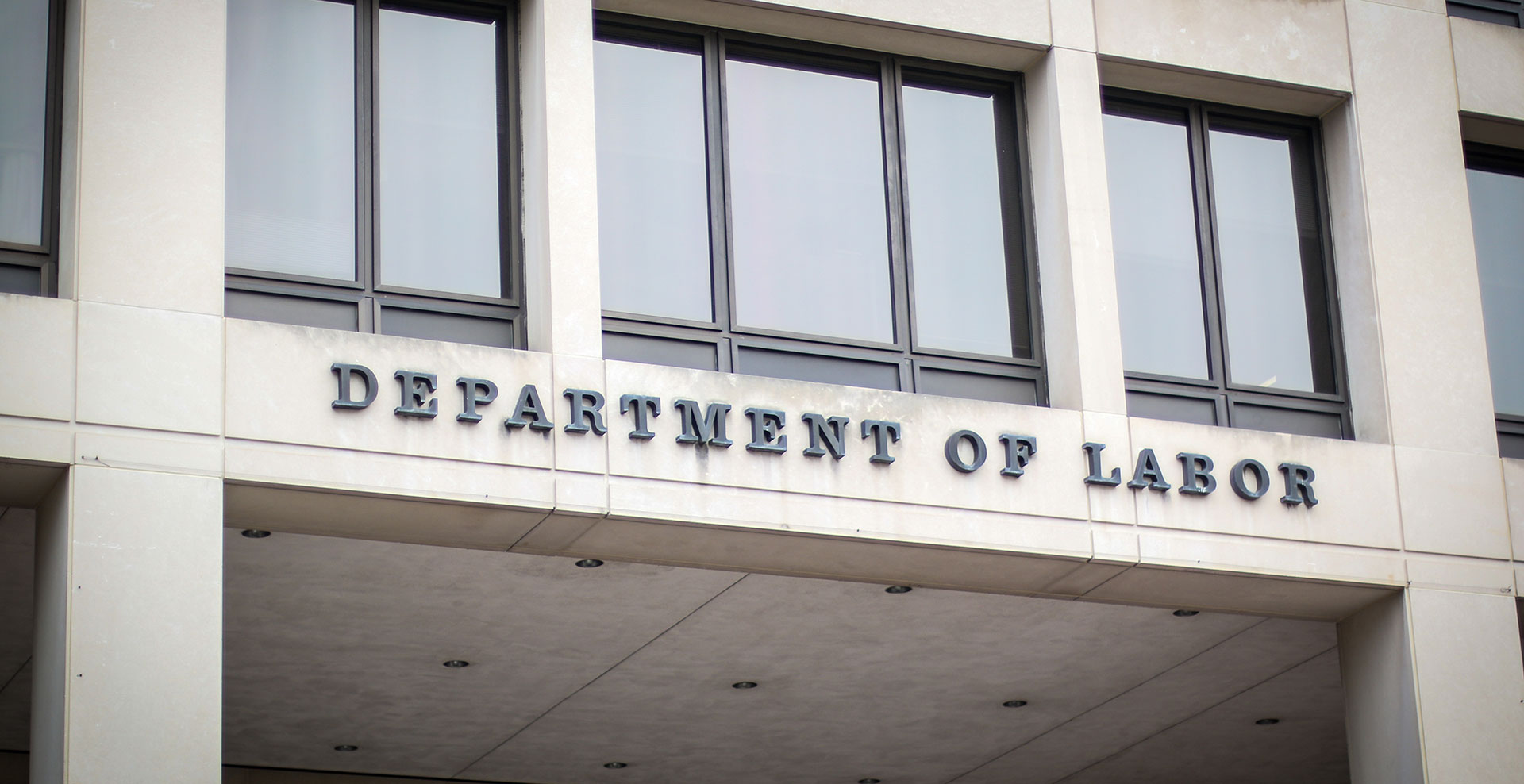
DOL?s Fiduciary Rule Vacated by the Fifth Circuit: The Latest Twist in a Never-Ending Story
ERISA and Employee Benefits Update
DOL?s Fiduciary Rule Vacated by the Fifth Circuit: The Latest Twist in a Never-Ending Story
The regulations expanding the definition of who qualifies as a fiduciary under ERISA (the Fiduciary Rule) issued by the Department of Labor (DOL) have been almost constantly challenged, delayed, and reanalyzed since they were finalized in April 2016. The Fiduciary Rule took a significant blow last week when the Court of Appeals for the Fifth Circuit vacated the regulations in their entirety in U.S. Chamber of Commerce v. DOL, issued on March 15.
The ruling vacating the Fiduciary Rule came as a 2-1 split decision, with the majority concluding the Fiduciary Rule was inconsistent with ERISA’s statutory language, fundamentally overreaching, and unreasonable, and accordingly declining to give deference to the DOL’s regulatory actions with respect to the Rule. The Fifth Circuit’s Chief Judge was the lone dissenter, instead voting to uphold the Fiduciary Rule in its entirety as within the DOL’s regulatory authority and necessary to address market shifts toward more individual investing through IRAs and 401(k)s, rather than employer-invested pension plans.
The DOL could appeal the decision, but has indicated it will not take any immediate action pending further review. An appeal may be unlikely, given that the Fiduciary Rule is an Obama-era rule, and President Trump tasked the DOL in an executive memorandum just a few weeks after taking office with re-examining the Rule and updating the legal and economic analysis behind it. That review is still ongoing.
Further, the Fifth Circuit ruling vacating the Fiduciary Rule came just two days after the Court of Appeals for the Tenth Circuit ruled to uphold a portion of the Rule in Market Synergy Group, Inc. v. DOL. Generally, a disagreement between different Circuits as to the validity of a federal law is a significant factor in whether the Supreme Court decides to weigh in on an issue, but a circuit split may be less compelling here because the Tenth Circuit opinion is much narrower in scope.
These conflicting court opinions and inconsistent DOL messaging result in significant uncertainty as to whether the Fiduciary Rule will ever be fully enforced, leaving would-be fiduciaries under the Rule (particularly those located outside the Fifth Circuit states of Texas, Louisiana, and Mississippi) unsure whether to continue to prepare for compliance with the Fiduciary Rule. In the meantime, it would likely be prudent for would-be fiduciaries to wait to backtrack on any compliance efforts until the fate of the Fiduciary Rule is more clearly understood.
Get MORE. Insights
Stay ahead in the legal world - subscribe now to receive the latest insights and news from Fennemore Law Directly in your inbox!

